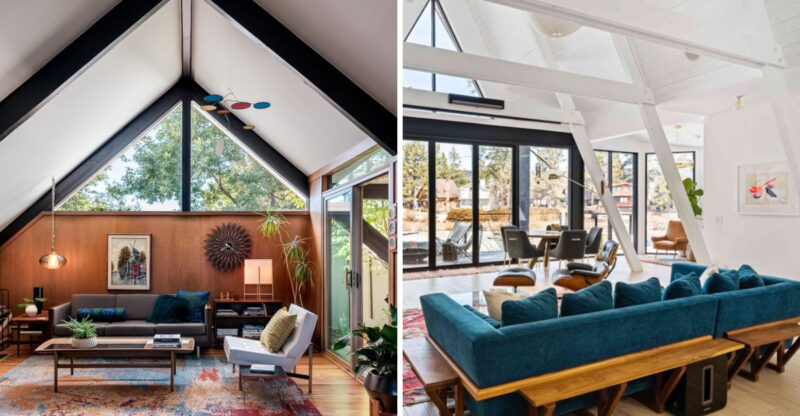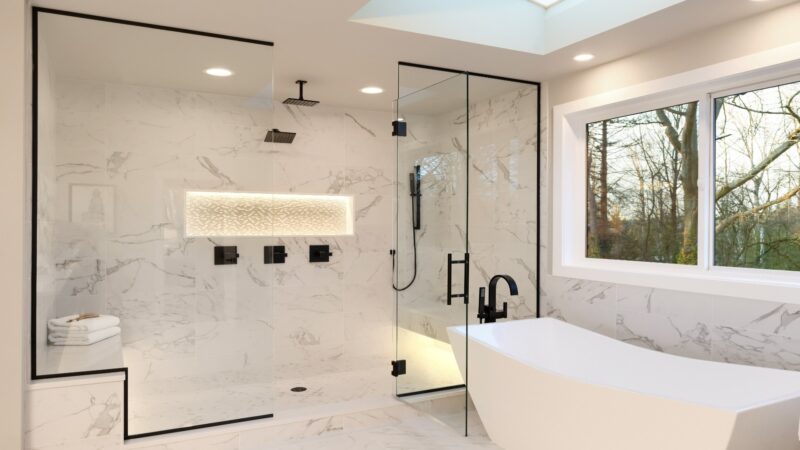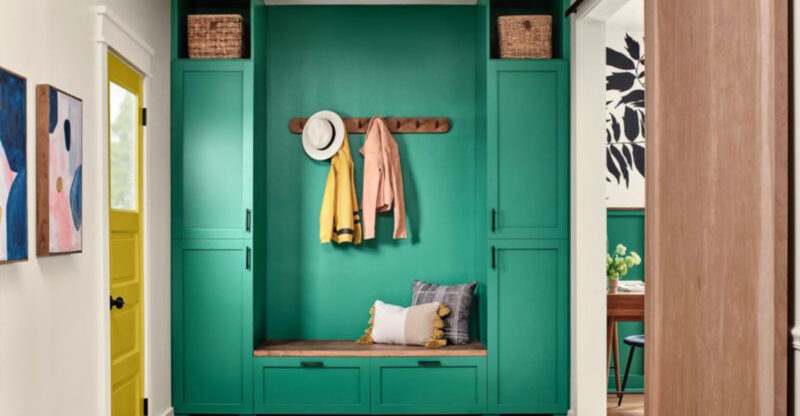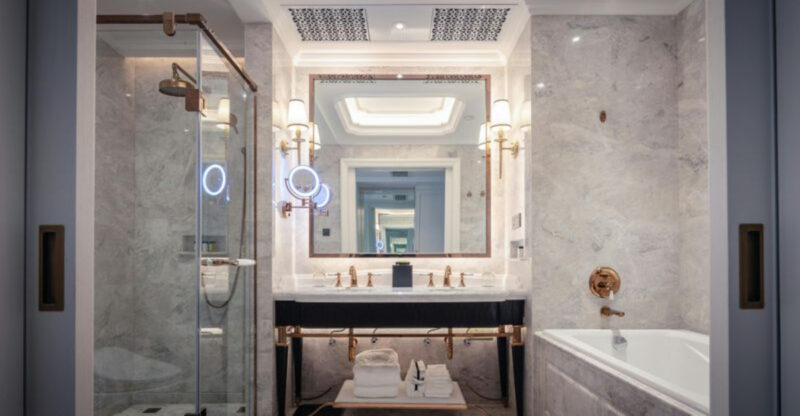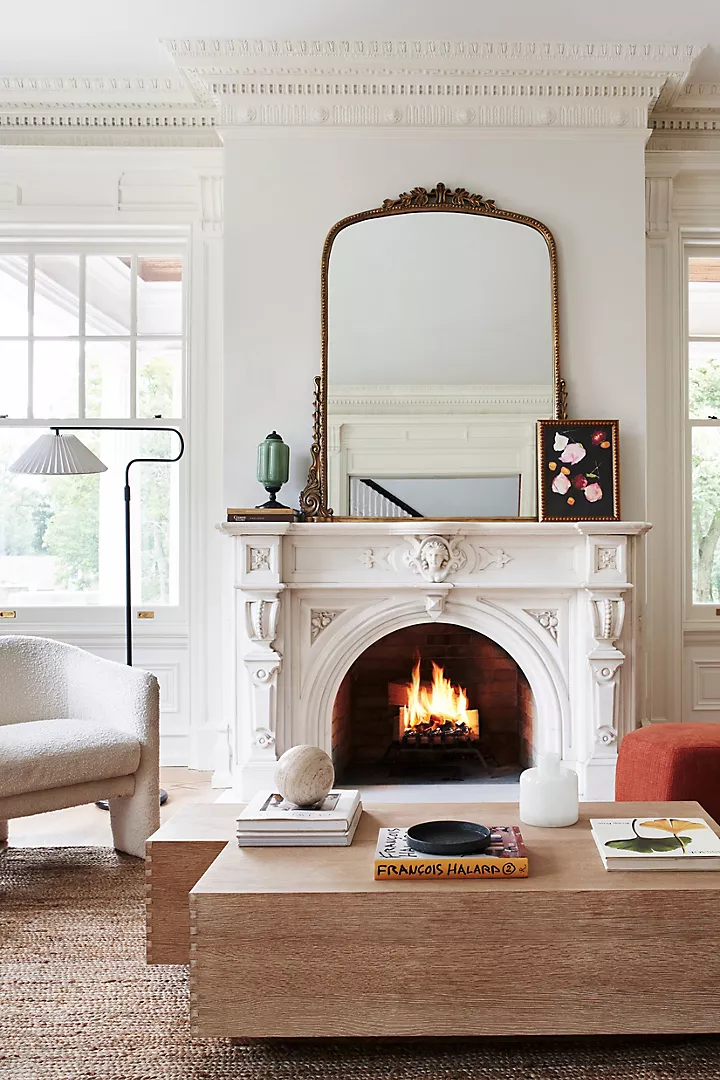13 Bathroom Choices That Could Undermine Your Design
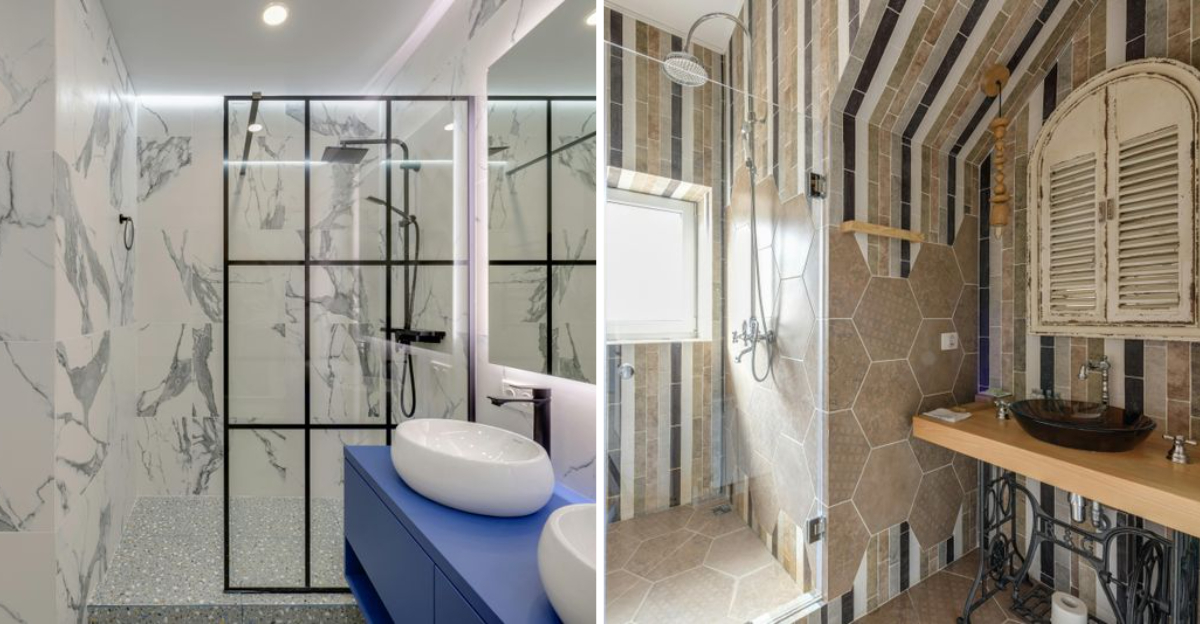
Your bathroom is meant to be a relaxing, functional retreat, but even small missteps can make it feel cramped, chaotic, or impractical.
From poor layout choices to fixtures that don’t quite fit the space, these issues can sneak in unnoticed until they impact your daily routine.
While these tips can help guide improvements, results may differ based on your bathroom’s size, layout, and the changes you’re able to make.
1. Installing overly dark tiles
Dark tiles might seem sophisticated and sleek at first glance. However, they show every water spot, soap scum, and dust particle like nobody’s business! I learned this the hard way after installing black floor tiles in my guest bathroom.
Darker tiles also make your bathroom feel smaller and more cramped, especially in spaces with limited natural light. If you love the dramatic look of dark tiles, consider using them as accent pieces instead of covering entire surfaces.
Maintenance becomes a daily chore rather than a weekly one with dark tiles. For a more forgiving option that still looks elegant, try medium-toned tiles or ones with subtle patterns that hide the inevitable bathroom splashes.
2. Choosing dated wallpaper patterns
Those giant floral prints from the 1970s or the country geese borders from the 1990s scream “outdated” to anyone who visits your bathroom. Wallpaper can be a fantastic way to add personality, but choosing timeless patterns matters tremendously.
Bathroom humidity makes wallpaper a tricky choice anyway. If you select a trendy pattern that will look dated in a few years, you’re setting yourself up for another renovation sooner than necessary.
When selecting wallpaper, look for subtle geometric patterns or small-scale designs that won’t overwhelm the space. Vinyl wallpapers specifically designed for bathrooms offer better moisture resistance and longevity than their paper counterparts, giving you more bang for your decorating buck.
3. Overcrowding the space with furniture
Trying to squeeze too many pieces into your bathroom creates a cluttered nightmare rather than a relaxing retreat. I’ve seen people attempt to fit vanities, storage cabinets, shelving units, and decorative pieces into spaces barely big enough for a toilet and sink!
Overcrowding doesn’t just look bad it makes the bathroom functionally difficult to use. When you can’t move freely or have to squeeze past furniture to reach essentials, your daily routine becomes frustrating.
Instead of cramming in multiple pieces, look for smart storage solutions that serve multiple purposes. Wall-mounted cabinets, over-toilet shelving, or vanities with built-in storage maximize space while keeping the floor area open. Remember, negative space is actually positive in bathroom design!
4. Picking clashing fixtures and finishes
Mixing brushed nickel faucets with oil-rubbed bronze light fixtures and chrome towel bars creates a disjointed, amateur look. Mismatched finishes give the impression that your bathroom was assembled from clearance items rather than thoughtfully designed.
Hardware and fixtures serve as the jewelry of your bathroom. When they complement each other, they elevate the entire space, but when they clash, they distract from even the most beautiful tile work or cabinetry.
Choose one primary finish for the majority of fixtures and perhaps one complementary accent finish if desired. This approach creates a cohesive look that feels intentional and polished. Brushed nickel and matte black work well together, as do chrome and polished nickel but avoid mixing more than two finishes in a single bathroom.
5. Installing tiny, impractical sinks
Those adorable vessel sinks might look amazing in design magazines, but they’re often a functional nightmare in daily use. Small sinks cause splashing all over your counters and floor every time you wash your hands or face.
Shallow basins don’t contain water effectively, and narrow sinks make simple tasks like brushing teeth frustrating. Form should never completely override function, especially in a hardworking space like a bathroom.
If you love the look of designer sinks, make sure they’re at least 16-18 inches wide and 5-8 inches deep to be practical. Consider how you actually use your sink before committing to a particular style. Do you fill the basin with water? Do multiple family members use it? These questions should guide your selection process more than pure aesthetics.
6. Opting for low-quality shower doors
Flimsy shower doors with cheap hardware create multiple problems in your bathroom. They stick, they leak, they’re difficult to clean, and they look terrible after just a few months of use.
Low-quality shower doors often have inadequate seals that allow water to escape onto your floors. This not only creates slip hazards but can lead to serious water damage in your subfloor over time.
Spending extra on a quality shower door with solid hardware and proper sealing is worth every penny. Look for doors with thicker glass (at least 3/8 inch), quality hardware that won’t corrode in humid conditions, and good seals along all edges. Frameless options tend to be easier to clean and maintain than framed doors, which can trap mold and mildew in the tracks and corners.
7. Choosing overly bright, harsh lighting
Harsh overhead lighting creates unflattering shadows and makes your bathroom feel more like an interrogation room than a relaxing space. I’ve walked into bathrooms where the lighting was so brutal it showed every imperfection in both the room and my face!
Single-source lighting, especially from above, creates shadows under your eyes and exaggerates texture on your face. This makes daily grooming tasks like applying makeup or shaving more difficult than necessary.
Layer your bathroom lighting instead. Combine ambient ceiling fixtures with wall sconces at eye level on either side of the mirror. This approach eliminates shadows and provides even illumination. Adding a dimmer switch allows you to adjust brightness based on your needs bright for cleaning, softer for relaxing baths. The right lighting transforms both the room and how you look in it.
8. Using mismatched towel bars and hooks
Randomly placed towel bars, hooks, and rings that don’t coordinate with each other create visual chaos in your bathroom. This might seem like a minor detail, but these small hardware elements contribute significantly to the overall impression of your space.
Hardware installed at inconsistent heights adds to the disorganized feel. When towel bars aren’t properly secured to wall studs, they eventually pull loose, leaving damaged walls and unusable fixtures.
Plan your towel storage carefully before installation. Choose matching hardware sets designed to coordinate, and install them at consistent heights (typically 48 inches from the floor for towel bars). Make sure to mount them securely into studs or use proper wall anchors. These small fixtures should create a rhythm around your bathroom rather than appearing as random afterthoughts.
9. Selecting overly trendy faucets
Ultra-modern or highly stylized faucets might look amazing on social media, but they often become tomorrow’s dated fixtures. I’ve seen people spend hundreds on statement faucets that looked outdated within just a few years.
Trendy faucets with unusual shapes or operations can also confuse guests who can’t figure out how to turn them on! Function matters as much as form when it comes to bathroom fixtures that get used multiple times daily.
Instead of chasing the latest faucet trend, consider classic designs with modern efficiency features. Simple, clean lines in quality finishes like brushed nickel or chrome tend to stand the test of time. If you crave something more distinctive, express your personality through easily changeable elements like towels, artwork, or accessories rather than permanent fixtures.
10. Installing oversized vanities in small bathrooms
Cramming a massive vanity into a tiny bathroom creates a space that feels claustrophobic and dysfunctional. Though the extra storage might seem appealing, an oversized vanity makes movement difficult and can block access to other fixtures.
Many homeowners don’t consider the clearance needed to comfortably use a bathroom. You need at least 30 inches of space in front of fixtures for comfortable use, and doors need room to swing open without hitting anything.
For small bathrooms, consider wall-mounted or corner vanities that maximize floor space. Pedestal sinks work well when storage isn’t a priority. If storage is essential, look for tall, narrow cabinets or over-toilet shelving units that use vertical space efficiently. Remember that proper scale is crucial a proportionally sized vanity makes even a small bathroom feel larger and more luxurious.
11. Using busy patterns on both walls and floors
Pattern overload creates visual chaos that makes your bathroom feel smaller and overwhelming. When bold patterns compete on both walls and floors, your eyes have nowhere to rest, and the space feels cluttered even when perfectly clean.
This common design mistake often happens when people fall in love with multiple statement tiles or wallpapers without considering how they’ll work together. The result is a visually exhausting space that lacks the calming quality most of us want in a bathroom.
Follow the simple rule of choosing just one star for your bathroom design. If you love a bold, patterned floor tile, keep walls simple. If dramatic wallpaper is your thing, select a solid-colored floor that complements it without competing. This approach creates a more balanced, sophisticated look while still allowing you to incorporate patterns you love.
12. Picking shower curtains that clash with the overall style
An out-of-place shower curtain can single-handedly ruin your bathroom’s aesthetic. Though it seems like a minor element, shower curtains occupy significant visual space and immediately draw attention when they don’t harmonize with the rest of your design.
Shower curtains that are too short, too long, or made of poor-quality material look sloppy and unintentional. Their prominent position makes them impossible to overlook, unlike smaller accessory mistakes.
Think of your shower curtain as artwork for your bathroom. Choose one that complements your color scheme and reinforces your design style. The curtain should hang just above the floor (not touching it) and be wide enough to prevent water from escaping. Fabric curtains with quality liners generally look more upscale than standalone plastic ones. For a truly cohesive look, echo colors or patterns from your shower curtain in small accessories like soap dispensers or towels.
13. Prioritizing style over functionality
Gorgeous bathroom designs that ignore practical needs quickly become frustrating to use. I’ve seen stunning bathrooms with nowhere to place toiletries, no electrical outlets where needed, and beautiful sinks that splash water everywhere.
Style-focused decisions often neglect essential considerations like adequate storage, proper ventilation, and sufficient lighting. Without these functional elements, even the most beautiful bathroom becomes an irritating space rather than a relaxing one.
Before finalizing any bathroom design, walk through your daily routines mentally. Where will you store everyday items? Is there a place to hang wet towels? Can you easily reach toilet paper when seated? These practical questions matter tremendously for daily comfort. The best bathroom designs seamlessly blend beautiful aesthetics with thoughtful functionality, creating spaces that look amazing while working perfectly for real-life use.

